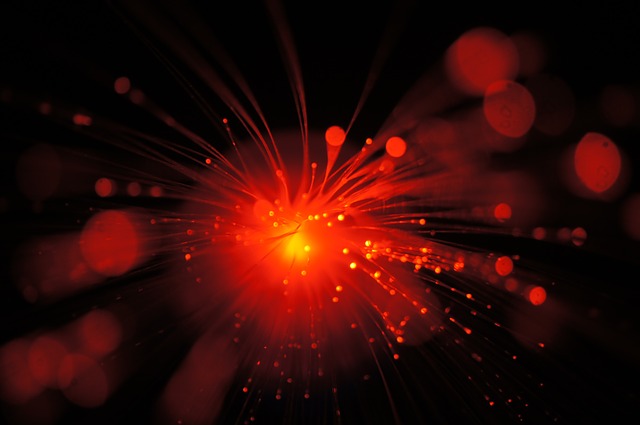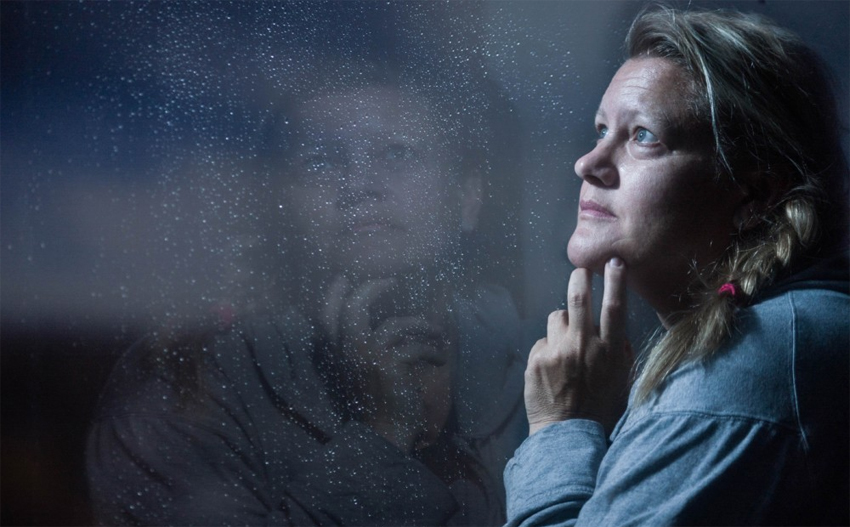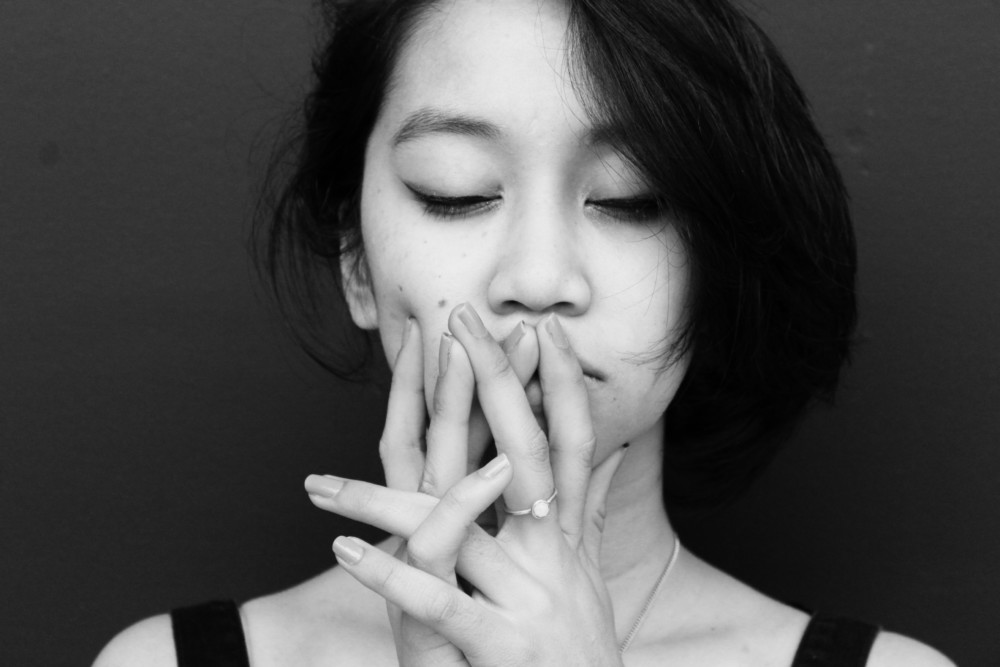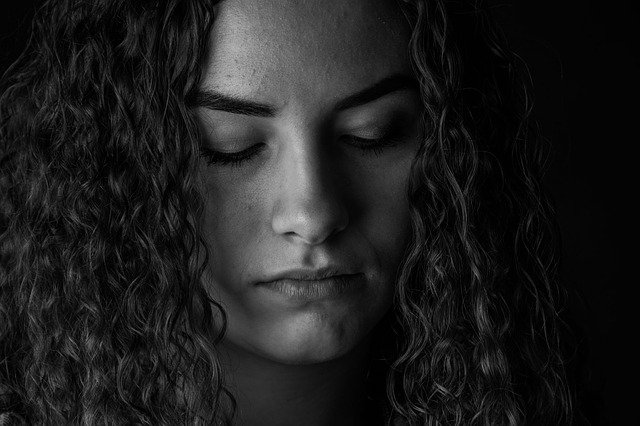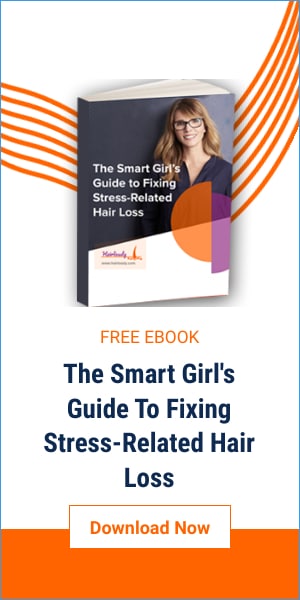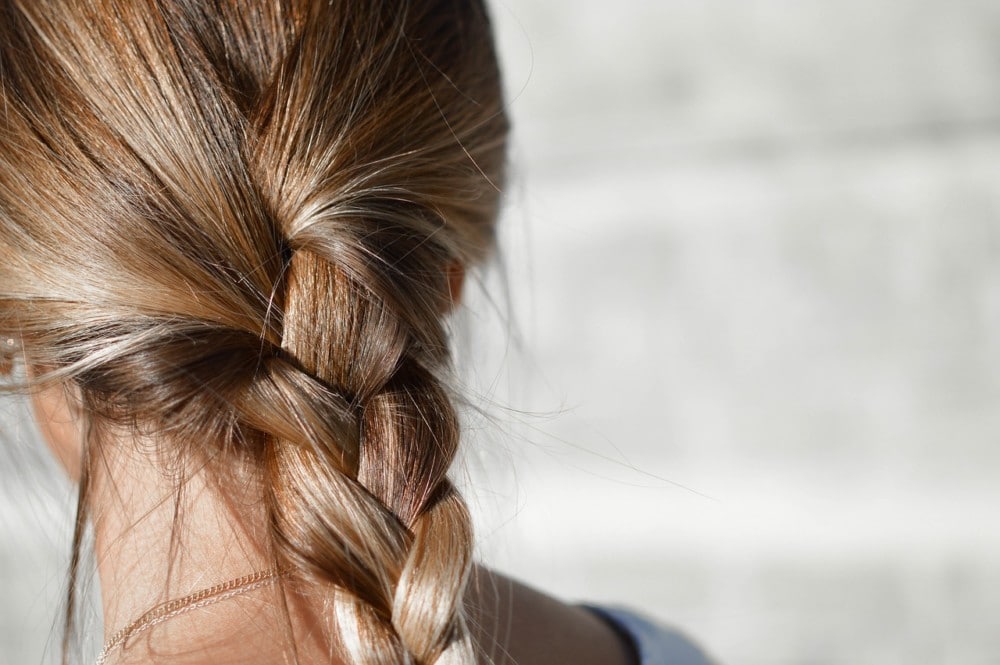Hair is made up of two structures.
The first is the follicle, a tunnel-like cavity within the skin of the scalp, out of which the second, the hair shaft, grows.
Hair is nourished deep within the follicle by blood vessels that provide it with the nutrients necessary for its growth.
Growth takes place in three distinct stages.
During the first and longest, known as the anagen phase, hair actively grows over the span of years and at the rate of a half an inch per month.
The second phase, known as the catagen phase, is the few-week-long intermediary step where hair gets ready to rest.
The last stage, the telogen phase, is when rest occurs, ultimately resulting in hair falling out of the follicle to be replaced by new growth.
Different strands of hairs are in various stages of this cycle at any point in time; while some are growing, others are resting, and yet others are falling out.
Under normal circumstances the 50 to 100 strands lost each day are undetectable.
However, several things may impact hair during any, or all, of these stages that manifest themselves in varying degrees in the overall health of hair.
Age, genetics, disease, nutrition, and styling all directly influence hair growth and therefore the strength, thickness, or even presence, of hair.
Age and Genetics
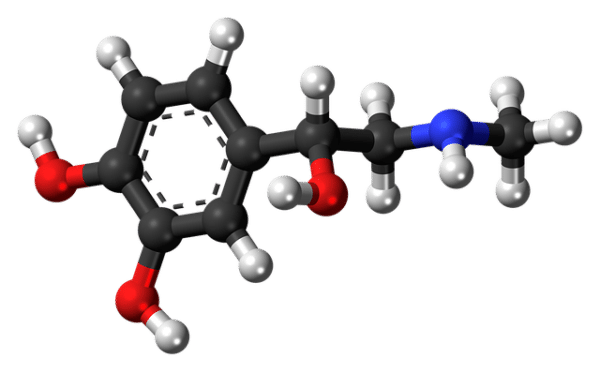
As we age, hair spends more time in the resting portion of the growth cycle and shorter periods actively growing, resulting in less hair.
Approximately two-thirds of women post-menopause and over half of those over 65 develop some degree of thinning with age.
Similar trends affect men.
However, certain individuals experience more extreme loss than others and develop androgenetic alopecia, leading to male- or female-patterned hair loss.
In addition to aging, androgenetic alopecia has links to varying levels of male hormones, or androgens, as well as genetics.
These elements work together to shorten the anagen portion of the growth cycle from years to as little as weeks, resulting in sparser hair.
For some, the growth phase stops indefinitely.
Men with this condition often undergo balding at the hairline and crown while women experience a pattern of thinning which starts at their part and temples and then spreads throughout.
Men are also far more likely than women to go completely bald.
These changes often negatively impact self-esteem.
Androgenetic hair loss is the number one reason for balding among men, with half of the men over the age of 50 affected by it to some extent.
Just how much falls out is strongly linked to family history; individuals whose parents or other close relatives lost substantial amounts of hair are likely to experience the same.
It is generally considered unpreventable.
Diet

The nutrients within the body directly impact hair health, and nutritional imbalances are much more common than most realize.
Iron deficiency, for example, affects millions of individuals within the United States and happens either when an individual consumes too little or because the body cannot utilize it properly.
Whatever the reason, when iron levels drop, hemoglobin levels within the blood nosedive as well.
This is problematic since hemoglobin is responsible for the distribution of oxygen throughout the body and provides it to hair cells for their growth and repair.
In shortages, ferritin, the stored form of iron, will leave the follicle and be utilized for other areas considered more vital for survival, such as the heart.
Without the oxygen it needs, hair may begin to thin and follow a male- and female- type hair loss pattern.
Protein deficiency is another serious nutritional issue. Hair is made up of protein, specifically a type known as keratin.
The hair we see, in fact, is dead keratin strands.
As in the case with iron shortage, low protein forces the body into nutrient rationing mode.
Body systems that are crucial to life have priority for any protein available, and so hair growth rate slows and strands become thinner.
Other nutrients are necessary for optimal health as well; B vitamins, zinc, and essential fatty acids play a significant role in preventing the hair thinning and loss of hair.
Similarly important, vitamin D stimulates growth and prevents strands from falling out prematurely.
Copper, necessary in the formation of connective tissue, leads to hair loss when levels decline.
Of course, in addition to having too little, excess amounts of a vitamin or mineral can be equally devastating.
For example, although vitamin A is beneficial in the correct dose and acts as a powerful antioxidant, protecting hair from damage, the opposite is true when an individual consumes vitamin A in excess. Nutritional balance is crucial.
Infection

Ringworm, characterized by losses of patches of hair and red, inflamed rings on skin that may itch and blister, is an infection of the scalp.
The fungi that cause it are also responsible for athletes’ foot or toenail fungus and are highly contagious.
As the fungus infects hair, it becomes brittle and breaks apart. Piedra, another form of fungal infection, has the same result.
Bacterial infections may attack hair as well.
Certain strains lead to folliculitis or inflammation of the follicles.
This condition often resembles acne and, as it progresses, hair begins to vanish from affected areas. This is sometimes permanent.
Endocrine Disease

Several diseases may cause individuals to lose their hair.
Endocrine conditions, such as diabetes, adrenal insufficiency, Cushing’s disease, PCOS, growth hormone disorders, thyroid disorders, and others often result in too much or too little of a hormone, leading to an, at times, severe imbalance.
This negatively impacts the body in any of several different ways, including hair growth.
In the case of diabetes, when the body fails to produce insulin, resulting in higher than normal levels of sugar and, as a consequence, damaging blood vessels, oxygen cannot reach follicles.
Those with polycystic ovarian syndrome have too many androgens which create a type of male pattern hair loss.
Underproduction or overproduction of the hormones T3 and T4 from the pituitary in those with thyroid disorders results in dry, easily broken hair on the head as well as other areas of the body.
As the previous examples demonstrate, hormonal balance is crucial to thick, healthy hair.
Autoimmune Disease

Additional diseases may wreak havoc on a person’s hair as well.
Alopecia areata, classified as both a skin disease and an autoimmune disorder, typically affects those under the age of 30 and causes the formation of bald patches.
Less commonly, it may develop into more severe conditions such as in Alopecia totalis where an individual balds entirely or alopecia universalis where no hair remains anywhere on the body.
All of these conditions take place because a person’s immune system is mistakenly attacking his or her follicles. Fortunately, this is usually temporary.
Other autoimmune conditions, such as lupus, ulcerative colitis, or rheumatoid arthritis can result in similar thinning or balding as well.
Medications
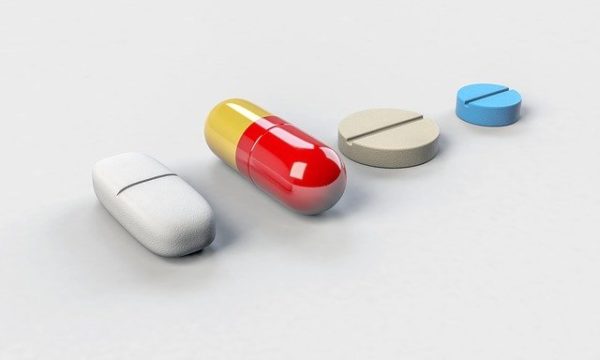
The powerful cytotoxic drugs individuals come into contact with during chemotherapy may result in hair loss, sometimes all over the body.
Fortunately, regrowth is typical within a few months following treatment.
Side-effects of common medications may also include hair loss.
Some prescribed to treat conditions such as acne, high cholesterol, or Parkinson’s disease, for example, may reduce thickness as well cause hair to fall out.
Checking labels for potential side-effects may help explain why an individual is losing volume or length.
Stress

Loss of hair due to stress occurs more often in women and is known as telogen effluvium.
The source of stressors vary and can include the death of a loved one, undergoing surgery, having an accident, fighting sickness, or giving birth, among others.
Each and any of these can cause a shock to the hair growth cycle which will result in substantial hair loss, typically three to six months after the stressful event occurred.
Usually, the hair will regrow.
Rough Treatment or Overstyling

Even the healthiest hair can break with harsh treatment.
Traction alopecia is damage caused by intense and repeated pulling on the scalp, such as when hair is styled in tight buns or ponytails, when braided, or with the weight of heavy, long hair.
Unfortunately, chemical or heat treatments only make it worse.
Signs of traction alopecia include bumps, soreness, itching, and blisters on the skin and broken hairs along the front and sides of the head; this is typically reversible when pulling ends.
However, in some instances, damage to follicles is so severe that loss is permanent.
In Conclusion
There are many causes of hair loss.
As we age our hair naturally thins, and its growth cycle slows; however, for some, a combination of hormonal changes and genetics contribute to greater thinning and the chance of balding completely.
The foods we eat and our body’s ability to process them may lead to nutritional deficiencies that deny hair access to what it needs to remain strong and healthy.
Further, disease may lead to internal imbalance or a malfunctioning immune system that attacks hair.
Fortunately, in many instances, hair regrowth is possible, even probable, with the correct treatment.
Pilar Floyd
As a reputed and popular name in the field of trichology, Pilar Floyd has many followers. She writes for many popular hair care blogs and websites to share her expertise and experience in various aspects of hair growth and hair care.



